China to be the first country to put solar in space and beam energy to earth via radiowaves!

It sounds like science fiction: giant solar power stations floating in space that beam down enormous amounts of energy to Earth. And for a long time, the concept – first developed by the Russian scientist, Konstantin Tsiolkovsky, in the 1920s – was mainly an inspiration for writers.
A century later, however, scientists are making huge strides in turning the concept into reality. The European Space Agency has realised the potential of these efforts and is now looking to fund such projects, predicting that the first industrial resource we will get from space is “beamed power”.
As the environmentally friendly power energy transformation speeds up, solar farms have become a recognizable sight in the country and all throughout the planet. However, China is taking solar power to an unheard level. The country has reported designs to put a solar power station in space by 2050, an accomplishment that would make it the first country to harvest the sun’s energy in space and beam it to Earth.
Since the sun consistently shines in space, space-based solar power is viewed as an extraordinarily solid source of environmentally friendly power.
Space analysts are progressively cheerful that the main asset we get from space will be “radiated power.” This may sound right out of a science fiction film or the thoughts of an over-creative brain, yet researchers are putting their time and cash into making it a reality. Before long, we could observe huge power stations set in space that can take advantage of solar energy and send it back to earth through radio waves.
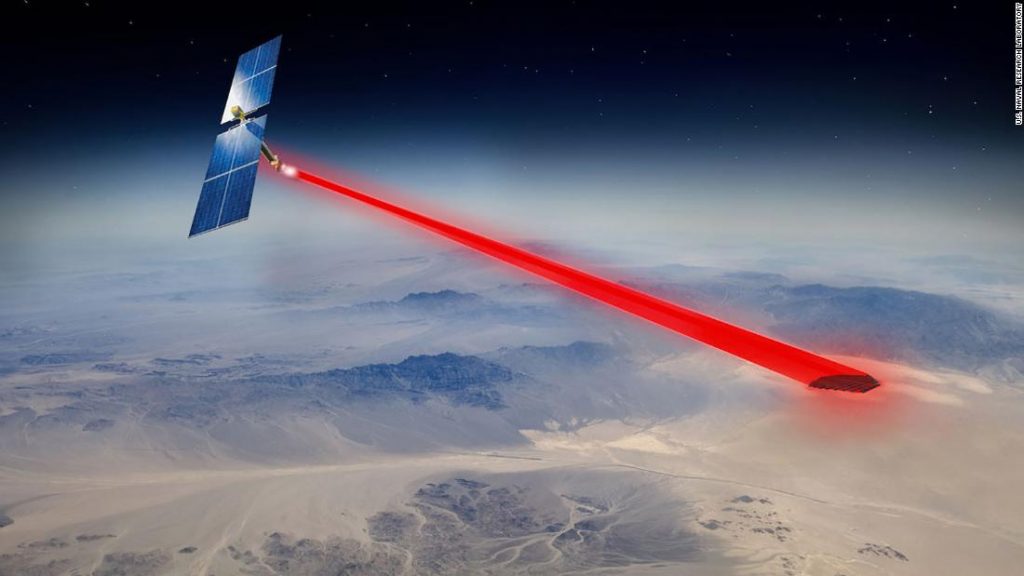
Researchers see potential in this idea and are attempting to foster this unbelievably immense environmentally friendly power source that will support our energy requests for a long time into the future. The current sources of environmentally friendly power fail to give power consistently, since wind power only gives power when the wind blows and solar panels only give energy when the sun shines.
“You don’t need to manage the day and night cycle, and you don’t need to manage mists or seasons, so you wind up having eight to multiple times more power accessible to you,” said Ali Hajimiri, an educator of electrical designing at the California Institute of Technology and overseer of the college’s Space Solar Power Project.
Climate change is the greatest challenge of our time, so there’s a lot at stake. From rising global temperatures to shifting weather patterns, the impacts of climate change are already being felt around the globe. Overcoming this challenge will require radical changes to how we generate and consume energy.
The aim is that solar power stations in space will become a reality in the coming decades
Renewable energy technologies have developed drastically in recent years, with improved efficiency and lower cost. But one major barrier to their uptake is the fact that they don’t provide a constant supply of energy. Wind and solar farms only produce energy when the wind is blowing or the sun is shining – but we need electricity around the clock, every day. Ultimately, we need a way to store energy on a large scale before we can make the switch to renewable sources.
Obviously, fostering the equipment expected to caputre and send the solar energy, and launching the system into space, will be both troublesome and expensive. However, China is pushing ahead: The country is building a test office in the southwestern city of Chongqing to decide the most ideal approach to communicate solar power from space to the ground, the China Daily detailed.

Returning to an old idea
Utilizing space-based solar power as a dependable source of sustainable power isn’t new. It started during the 1970s, however research slowed down generally in light of the fact that the innovative requests were believed to be too crazy. Yet, with advancements in remote transmission and upgrades in the plan and proficiency of photovoltaic cells, that is by all accounts evolving.
“We’re seeing somewhat of a resurgence now, and it’s presumably on the grounds that the capacity to get this going is there, because of new advances,” said John Mankins, a physicist who led NASA endeavors in the field during the 1990s before the space office deserted the exploration.
Popular development might be another factor driving the recharged interest in space-based solar power, as per Mankins. With the total population expected to grow to 9 billion by 2050, specialists say it could turn into a critical method to fulfill worldwide energy needs — especially in Japan, northern Europe and different pieces of the world that aren’t particularly bright.
Solar energy created in space
A potential way out of this fix could be taking advantage of solar energy that is available in space. A solar force station could circle around the earth, pointing toward the sun constantly, and ingest more daylight than solar cells situated on the world’s surface. The sun’s radiation on earth is separated by the climate and consumed by mists before it arrives at the earth. Henceforth, a solar station set in space will create significantly more energy than can be considered on earth.
Benefits of space
A possible way around this would be to generate solar energy in space. There are many advantages to this. A space-based solar power station could orbit to face the Sun 24 hours a day. The Earth’s atmosphere also absorbs and reflects some of the Sun’s light, so solar cells above the atmosphere will receive more sunlight and produce more energy.
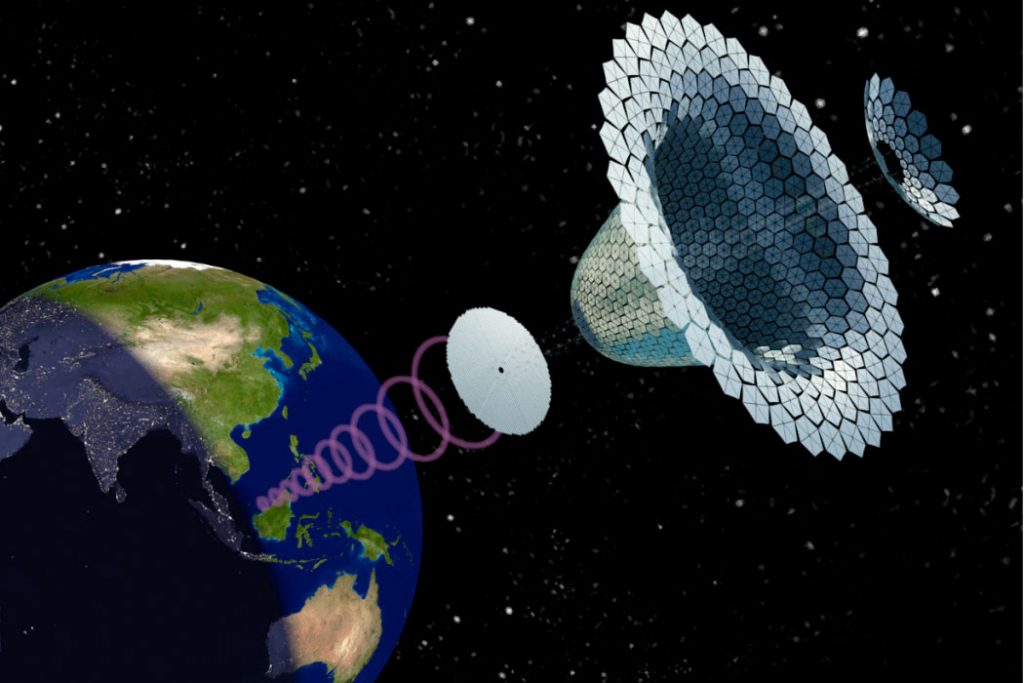
But one of the key challenges to overcome is how to assemble, launch and deploy such large structures. A single solar power station may have to cover as much as 10 sq km (4.9 sq miles) – equivalent to 1,400 football pitches. Using lightweight materials will also be critical, as the biggest expense will be the cost of launching the station into space on a rocket.
Essential difficulties
The test researchers are confronted with is the way to assemble, dispatch, and send the huge station into space. The size of a solitary solar station can equal to 1,400 football fields. In any event, when made with lightweight materials, dispatching it will be a significant undertaking that will include a colossal cost.
Conceivable arrangement
Scientists have effectively conceived a potential answer for it. A huge number of more modest satellites can be sent into space that will meet up and adjust to form a huge solar generator. Researchers in California have effectively pre-arranged models of solar panel tiles that weigh just 280g (the weitgh of about 8 common AA batteries) per square meter. They additionally illustrated the drafts for the secluded force station.
Recently created models of 3D printing are likewise being assessed at the University of Liverpool to fabricate ultralight solar cells. They will likewise use solar sails, which are foldable, lightweight films that can capture energy from the Sun’s radiation and use it to push the satellite around the earth.
“If you take a look at the following 50 years, the interest for energy is spectacular,” he said. “If you can collect daylight up where the sun is continually shining and convey it with basically no interferences to Earth — and you can do all that at a reasonable cost — you win.”
Making it a reality
Details of China’s arrangements have not been disclosed, however Mankins says one approach to bridle solar power in space is to dispatch a huge number of “solar satellites” that would connect together to form a gigantic cone-molded construction that circles around 22,000 miles above Earth.
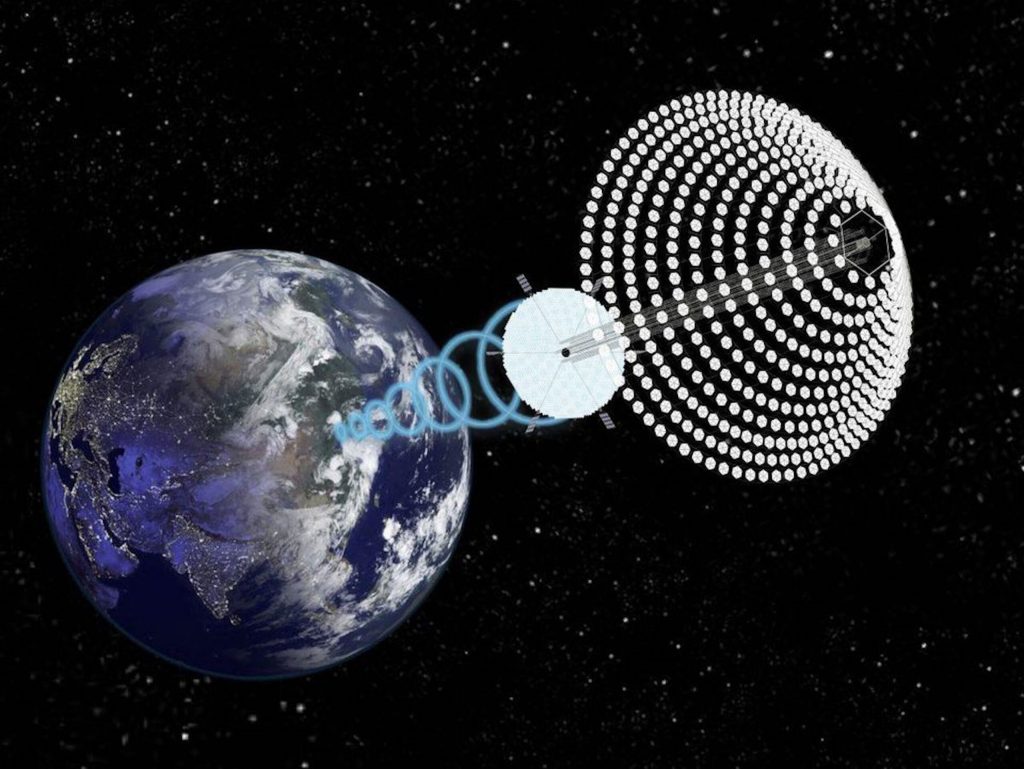
The amassing satellites would be covered with the photovoltaic panels expected to change sunlight into power, which would be turned into microwaves and radiated remotely to ground-based recipients — monster wire nets comparing four miles across. These could be introduced over lakes or across deserts or farmland.
Mankins gauges that a single solar array could produce a consistent production of 2,000 gigawatts of power. The biggest solar farms on earth create just about 1.8 gigawatts.
These methods would enable us to construct the power stations in space. Indeed, it could one day be possible to manufacture and deploy units in space from the International Space Station or the future lunar gateway station that will orbit the Moon. Such devices could in fact help provide power on the Moon.
The possibilities don’t end there. While we are currently reliant on materials from Earth to build power stations, scientists are also considering using resources from space for manufacturing, such as materials found on the Moon.
But one of the major challenges ahead will be getting the power transmitted back to Earth. The plan is to convert electricity from the solar cells into energy waves and use electromagnetic fields to transfer them down to an antenna on the Earth’s surface. The antenna would then convert the waves back into electricity. Researchers led by the Japan Aerospace Exploration Agency have already developed designs and demonstrated an orbiter system which should be able to do this.
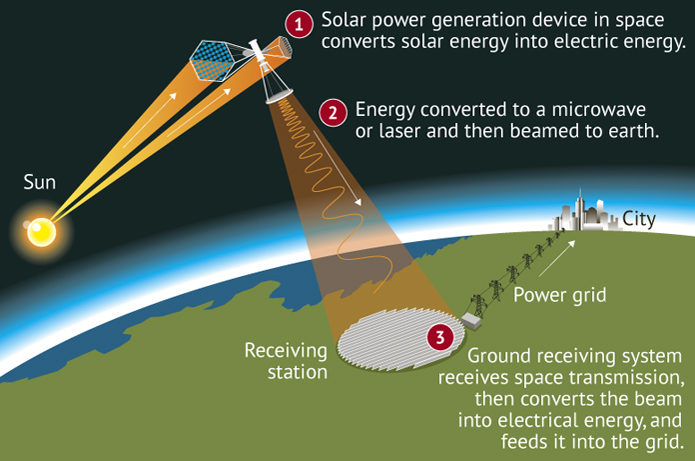
There is still a lot of work to be done in this field, but the aim is that solar power stations in space will become a reality in the coming decades. Researchers in China have designed a system called Omega, which they aim to have operational by 2050. This system should be capable of supplying 2GW of power into Earth’s grid at peak performance, which is a huge amount. To produce that much power with solar panels on Earth, you would need more than six million solar panels.
Smaller solar power satellites, like those designed to power lunar rovers, could be operational even sooner.
Across the globe, the scientific community is committing time and effort to the development of solar power stations in space. Our hope is that they could one day be a vital tool in our fight against climate change.
“Best in class photovoltaics are currently perhaps 30% proficient,” said Terry Gdoutos, a Caltech researcher who works with Hajimiri on the space-based solar exploration “The greatest test is bringing the mass down without forfeiting productivity.”
As far as it matters for it, the Caltech group as of late fabricated a couple of ultralight photovoltaic tile models and showed that they can gather and remotely communicate 10 gigahertz of power. Gdoutos said the models effectively played out every one of the capacities that genuine solar satellites would have to do in space, and that he and his partners are currently investigating approaches to additionally lessen the heaviness of the tiles.
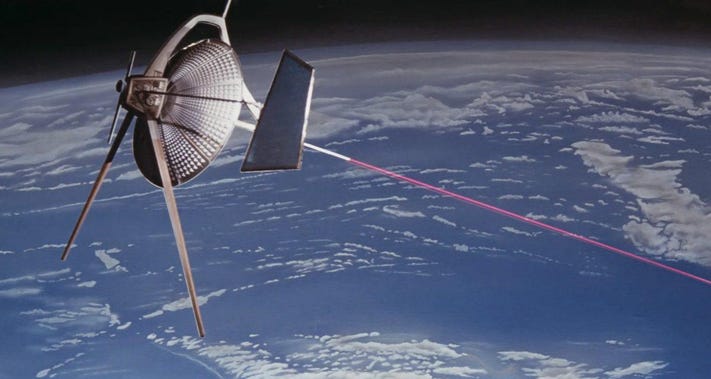
The journey ahead
China hasn’t discoled how much it’s spending to create its solar power stations. Mankins said that even a limited scale test to show the different innovations would probably cost basically $150 million, adding that the amassing solar satellites he imagines would cost about $10 billion each.
In spite of its excessive sticker price, Mankins stays a resolute supporter of space-based solar power.
“Ground-based solar is something awesome, and we’ll generally have ground-based solar,” he said. “For a great deal of areas, roof solar is remarkable, however a ton of the world isn’t care for Queensland. A huge number of individuals live where huge, ground-based solar farms are not affordable.”
Mankins hailed ongoing improvements in the field and said he is quick to follow China’s new drive. “The interest from China has been truly striking,” he said. “Fifteen years prior, they were totally nonexistent locally. Presently, they are taking a solid administrative role.”
Advancements across the world
From one side of the planet to the other, established researchers are cooperating and submitting a lot of effort to support this progressive idea. Researchers in China have progressed with a special energy age framework called Omega, which is anticipated to be functional by 2050. Additionally, it plans to give up to 2GW of force into the world’s network. This measure of energy is tremendous and would need up to 6,000,000 solar panels on earth.
This summarizes the total chance and degree of work that researchers have effectively accomplished. More turns of events and improvements would empower the development of a solar power station in space. Sending more modest solar power satellites, like those powering lunar rovers, could be functional sooner than anticipated.










